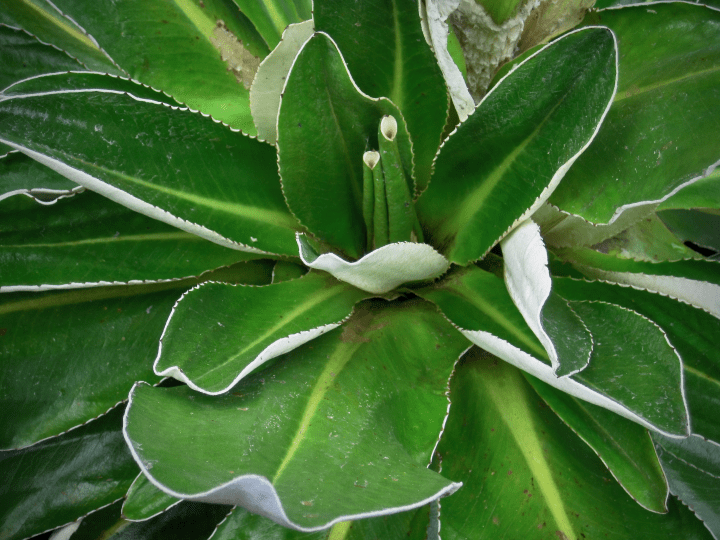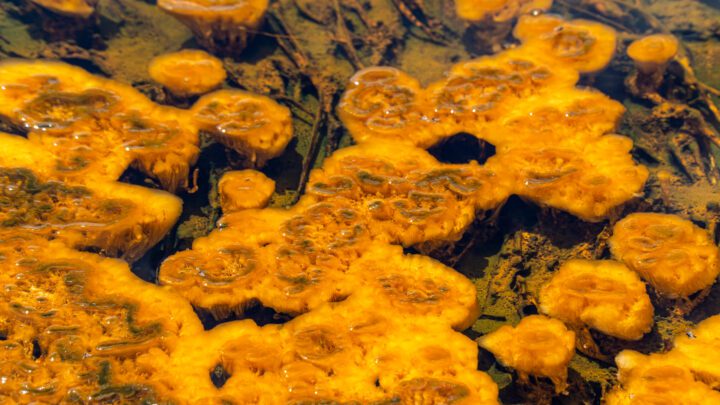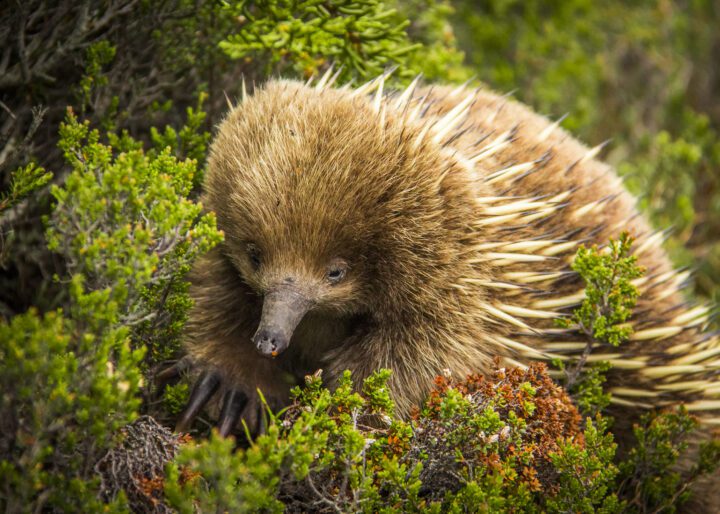Flowers of the alpine snowbell bloom during a short growing season by forming buds in late summer and developing them beneath the snow in winter.
Introduction
High in the Alps and other European mountain ranges, the tiny pink dwarf snowbell (Soldanella pusilla) spends much of the year buried under many feet of snow. But because its blossom began forming the previous growing season, when it’s finally freed from frost sometime in July, the plant is ready to go.
Shortly after emerging—and often while still surrounded by snow—it blooms and begins to attract bees. This quick response allows it to complete its reproductive cycle and produce mature seed in the few short weeks between snowmelt and the beginning of the next winter season.
The Strategy
The dwarf snowbell uses multiple adaptations to fit its reproductive cycle into such a short season. Beginning in the summer, it forms its flower buds, which then spend the first part of the winter dormant under the snow, poised to grow. It also stores bountiful amounts of sugar, which will provide energy for survival, growth, and development in the absence of sun.
As air temperatures plummet below freezing, it uses the insulating properties of snow to maintain its temperature at or near a tolerable 32 °F (0 °C), avoiding tissue damage from internal ice crystals.
And remarkably, the dwarf snowbell doesn’t rely on external cues such as daylength—which would not be helpful under such heavy snow cover—to determine when to start developing its blossom. Rather, it uses an internal clock whose workings are not yet fully understood. Once the snow is reduced to a depth of 6 inches (15 centimeters) or so, the plant’s reddish flower stalk and pink flower absorb and radiate sunlight onto the snow around the plant. Thanks to the plant’s short stature, that heat then creates a warm patch in its immediate vicinity that helps the remaining snow covering the plant to melt.

Once the snow is reduced to a depth of 6 inches (15 centimeters) or so, the plant’s reddish flower stalk and pink flower absorb and radiate sunlight onto the snow around the plant
When the dwarf snowbell is finally free from the snow, it has yet one more that comes into play. Both the flower stalk and flower are spring-loaded, so the stalk can quickly go from its horizontal position under the snow to a vertical position that helps it attract the bumblebees that pollinate it.
Should the flowers for some reason fail to emerge in time, the dwarf snowbell has a backup plan: it will reproduce vegetatively, creating clones of itself.
The Potential
The dwarf snowbell’s strategy for completing the cycle from blossom to seed in an extraordinarily short time might provide inspiration for enhancing the ability of crops to produce under short growing seasons or under cold conditions. The plant’s ability to speed snowmelt using dark colors offers insights for snow-removal technologies applicable to everything from maintaining highways to enhancing winter output of solar panels. And the use of snow for insulation could be applied to enhancing energy efficiency in buildings in cold climates, providing protection for livestock, and more.









